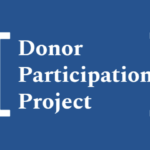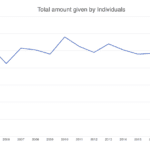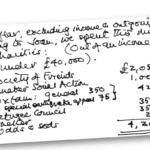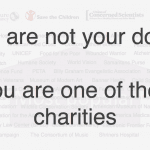A topp way to raise money
There is one simple way to dramatically increase income and improve your donor retention. You don't need to employ expensive consultants, install a new database or develop a brand new welcome strategy.
Instead, you thank donors.
That's it.
You thank your donors.
All of them.
You thank them quickly, personally and memorably.
With this simple action you could improve your donor retention by 400%. Research by fundraising consultancy, McConkey–Johnstone International UK found that first-time donors who receive a personalised thank you within 48 hours of making a donation, are up to four times more likely to give again, when compared to those who aren't thanked promptly.
The word personal is important here. It can be a massive temptation to mail out a computerised thank you similar to Nigel Molesworth's famous self-adjusting thank you letter, as featured in every schoolboy's favourite guide to life, How to be Topp…

Packed full of customisable fields, you can insert the donor's <name>, <salutation> and <gift amount> and still come over as impersonal and uncaring – even if you do get your thank you letter in the post within a week of receiving a gift.
The result is that you'll lose a significant number of your very expensively recruited donors.
Instead, why not send a thank you that is designed to make the recipient feel special? Something that shows the human face of your organisation? It might take some effort, but that is the secret to building donor loyalty.
Here are two rather good examples…
- Pamela Grow shared a great thank you on the SOFII blog, where a pack of chewing gum was enclosed with the letter as a means to define the donor.
- Marc A. Pitman on the Fundraising Coach blog, described how after a ribbon cutting ceremony, he gave donors a pair of scissors that had been inexpensively engraved with details of the event.
What makes these approaches so special is that they do more than just show the donor they are valued and appreciated. They also create a memory that will positively influence the donor's response to the next appeal that lands on their mat.
And that is what great fundraising is all about.









